Inflatable Kayaks and Boats
Inflatable Kayaks, Dinghies and Accessories are available at LFS
5 products
Showing 1 - 5 of 5 products
Inflatable Kayaks, Dinghies and Accessories are available at LFS
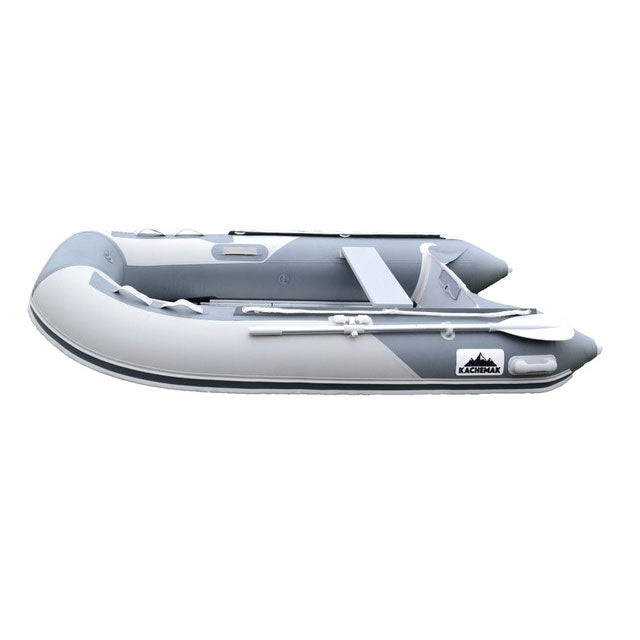
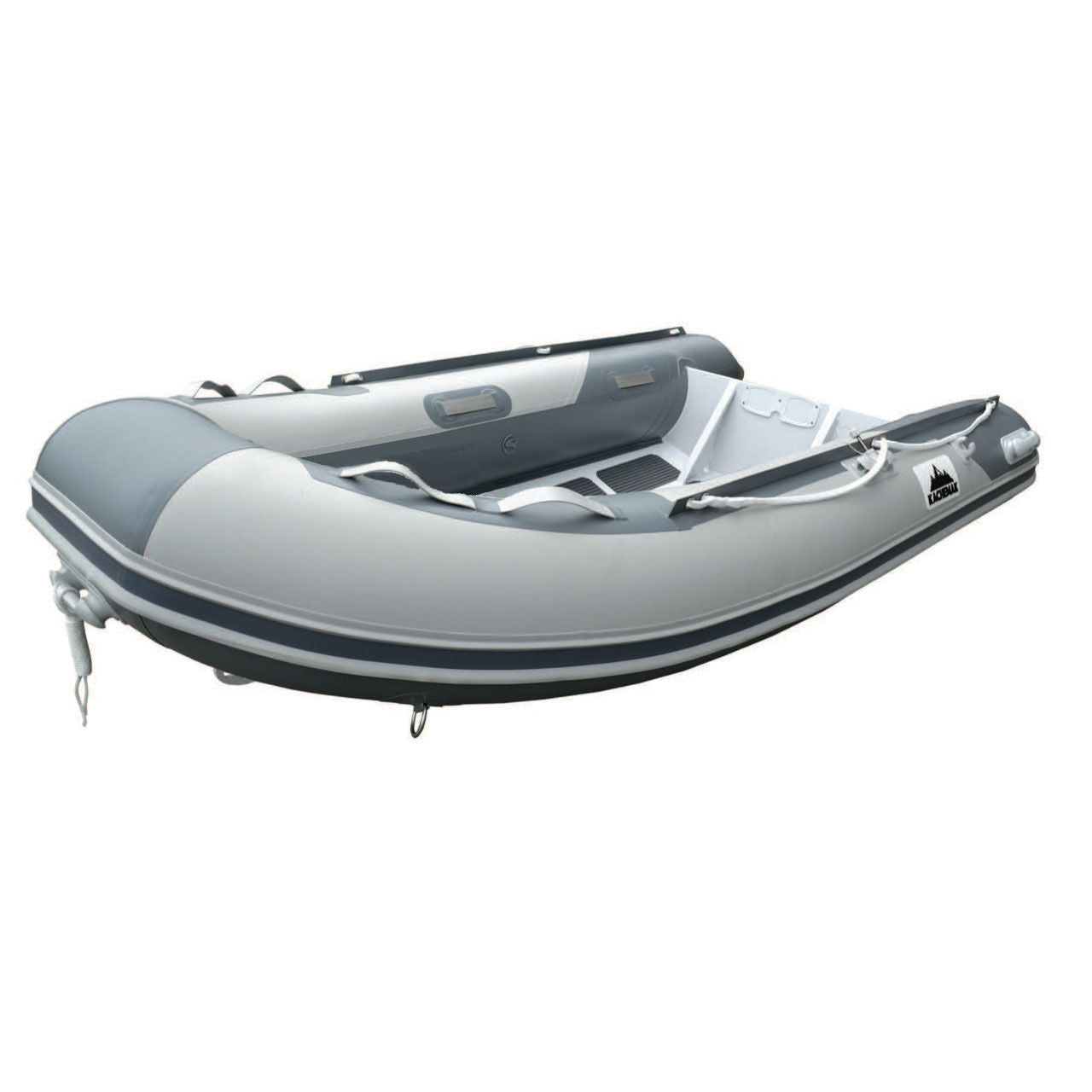
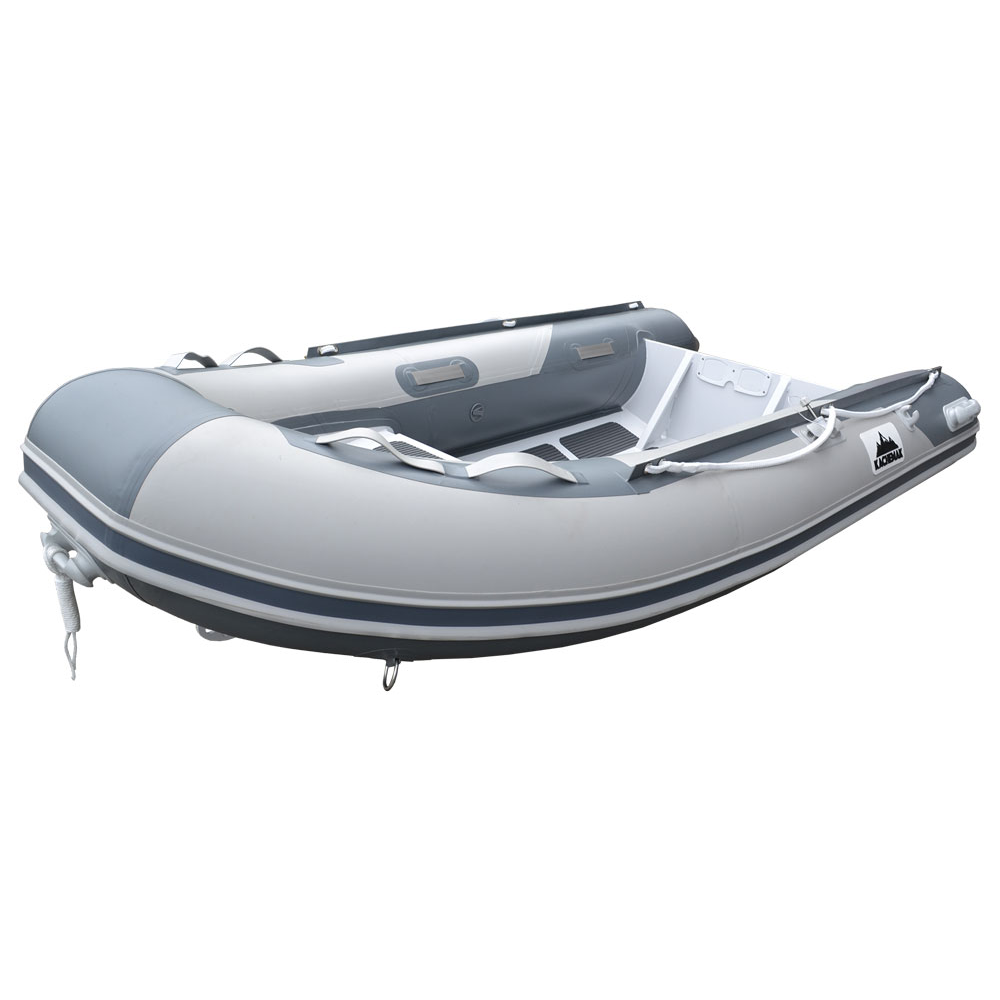
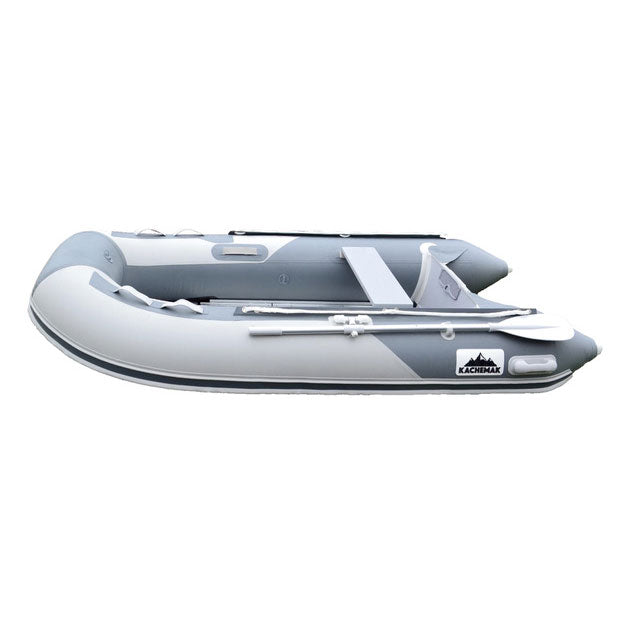
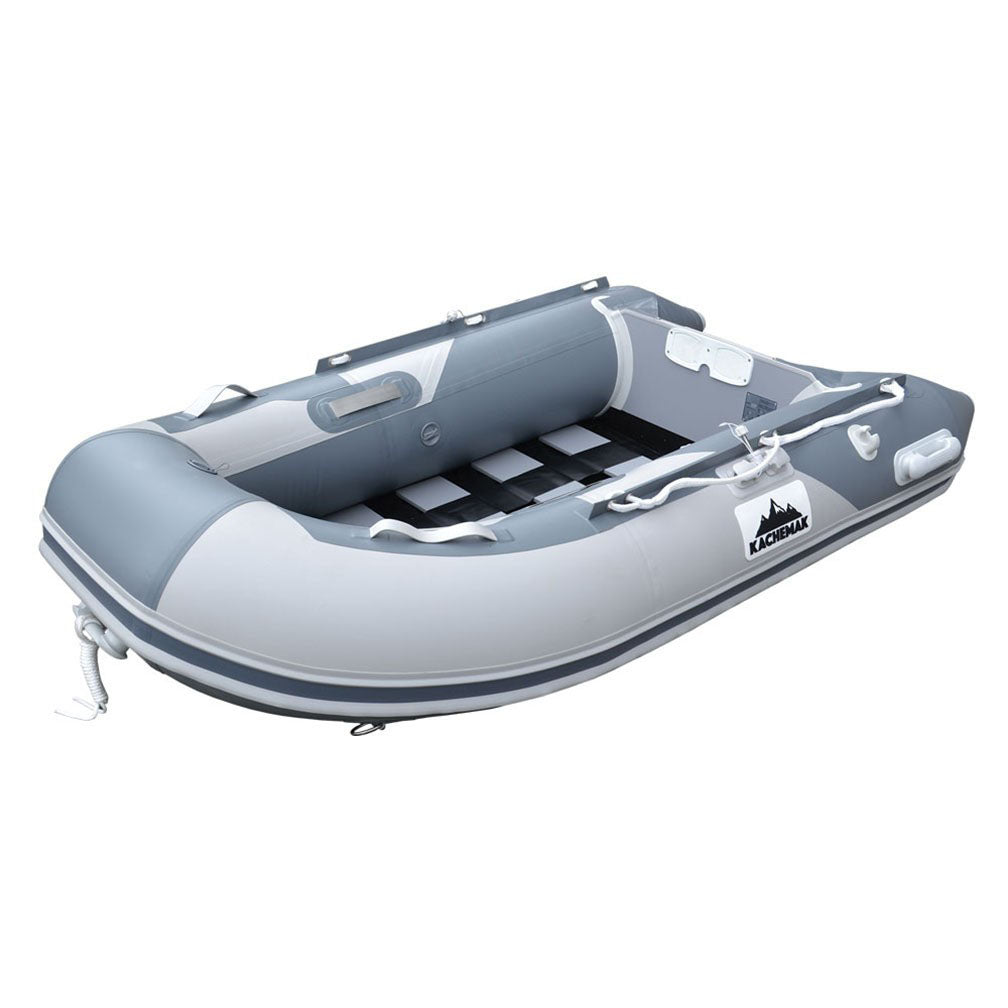
The Inflatable Boat Is More than a Little Dinghy
There's nothing quite like boating, especially during the warmer months. The sun, warm breezes, that sense of adventure, and the exhilaration of skimming across the water make boaters and wannabe boater's feet itch to be planted on a pitching deck. And many in that second category wonder if they'll ever be able to afford a boat; or for those who can, many wonder where in the world they would store a boat if they had one.
Stop Dreaming and Start Boating
For apartment dwellers and those living in the 'burbs with no type of RV storage in the driveway (or HOA's forbidding such storage) and marina space and rents at a premium, how is a boat dreamer ever going to make it out on the water? Well, first you'd have to ask yourself if you simply must have a large boat, or will a small one do to start with? If the answer is yes, small is fine, just get me out on the water, then what would you say to a boat that you could store in your car?
In other words, an inflatable boat. That's right, an inflatable boat can be rolled up, stashed in the trunk of your car, unrolled and inflated at the beach, and off you go. This is true of even some of the larger inflatable boats, such as 15 or 16 feet! Try that with fiberglass. And while you're at it, wave goodbye to sky-high moorage or storage fees, or a difficult, expensive building project in your driveway--if you're even allowed to do that where you live.
The Old Inflatable Boat Ain't What She Used to Be
Once upon a time, no one would have dreamed of buying an inflatable boat to use as anything but a dinghy, for those quick trips from the mother ship at anchor to the shore and back. But the huge improvements in PVC and rubber technology strode out onto the twenty-first-century stage with a flourish and brought the inflatable boat with them. If terms like "Hypalon" and "thermo-welded seams" are unfamiliar to you, read on.
Today's inflatables are made of either PVC or Hypalon® Rubber (usually just referred to as Hypalon), which is a brand name for a type of material called chlorosulfonated polyethylene (CSM), a synthetic rubber. Hypalon is resistant to UV light, high humidity, weathering, temperature extremes, water, and chemicals. It is also extremely tough, as this video aims to prove.
Impressive? Yes, very. An inflatable boat made from Hypalon will reportedly last about twice as long as one made from PVC. Due to its resistance to high humidity, it is often the preferred material in tropical areas, plus it is a very low-maintenance boat. However, it will also cost you about twice as much as a PVC inflatable boat...and leak more air.
This is because the seams of the SCM material cannot be thermo-welded as the seams of the PVC boats can. Don't let this scare you; all inflatable boats leak air to some degree, and you do need to pay attention to your air pressure while boating in one. It's the difference in leakage we're talking about--the "passing grade" of air loss for a new Hypalon inflatable boat is a maximum of 15% over a 24-hour period while it's 7% maximum air loss for a PVC boat.
Does this mean that the boats made from PVC are better? That depends; it all comes down to where and how the boat will be used, who will be using it besides yourself, how careful (or careless) you and others are, and personal preference. And of course, one big contributing factor is your budget.
Features to Look For
When shopping for an inflatable boat, first make sure that it is certified by the National Marine Manufacturers Association (NMMA), which means the boat meets or exceeds industry standards. Look for puncture-resistant. Of course, puncture resistance doesn't mean nothing could ever puncture it, so you need to ensure the boat has multiple air chambers or at least an auxiliary chamber.
This will keep you from sinking if you accidentally puncture one of the chambers. If you opt for a Hypalon boat, have the Hypalon Inflatable Boat 2 Glue kit on hand for repairs. If you have a PVC boat, try the Weaver PVC Polyurethane Inflatable Boat 2 Part Adhesive kit.
As mentioned earlier, it is important to pay close attention to the air pressure while boating, as most inflatable boat failures are caused by a lack of air pressure. Knowing this, it's tempting to add a little extra air to the chambers before heading out, but an over-inflated boat can be more dangerous than an under-inflated boat. You may be one of those who detests reading the manufacturer's instructions, but this really is a must-read!
Look for a boat with a perimeter line, which is a rope or strap that runs around at least part of the outer edge of the boat so if you fall out of the boat you can grab the line and haul yourself back in. Also, the first two or three feet underneath the inflatables at the bow and stern are the parts that take the most abuse while launching and landing, so look for rub protectors (looks like ribbed patching) in these areas for extra protection. If it seems to be a good boat that you really like but it doesn't come with these extras, it shouldn't be a deal-breaker, as it's quite easy to add them yourself.
How About an Inflatable Boat with a Motor?
While rowing is excellent exercise, at some point most non-Ironman boaters need to give their upper body a rest, unless they're only using their inflatable dinghy as a tender. If you look at the dinghies tied up in almost any marina, almost every one will be an inflatable boat with a motor. Many inflatable boats these days, even the budget ones, boast wood or fiberglass transoms on which a small outboard motor can be mounted.
And because these boats are so light, an inflatable boat with a motor can mean either a gas-powered motor or an electric one, with the electric motor doing a surprisingly good job of powering the boat. Does pushing a boat that weighs up to 1.5 tons sound powerful enough? There are electric motors that can handle that, although what they cannot do is get your boat up on a plane like a gas-powered motor, so if it's planing speed you're looking for, go for the gas.
Electric motors do have a higher up-front cost but in the long run, end up being less expensive, produce no gas fumes and little to no pollution, and are extremely quiet. These features are especially nice if you'll be boating on a lake where gas motors are banned. On the other hand, gas-powered motors have more bells and whistles, and work better in rough waters and if you're carrying a boatload of people.
Plus, the newer gas models are quite fuel efficient. As with the boats themselves, it all comes down to where and how you plan to use it, personal preference, and budget. And the best thing about the budget would be, if the budget allows, to have one of each, and have the best of both worlds.
There are quite a few other inflatable boats out there such as inflatable fishing boats, inflatable kayaks, and even inflatable paddle boards. If you're ready to stop dreaming and start boating, take a look at one of our Kachemaks or other inflatable boats. Or if it's just maintenance and accessories you need, we have repair kits, boat plugs, air pumps, oars and oarlocks, and so much more to keep you afloat and having fun all season long.
